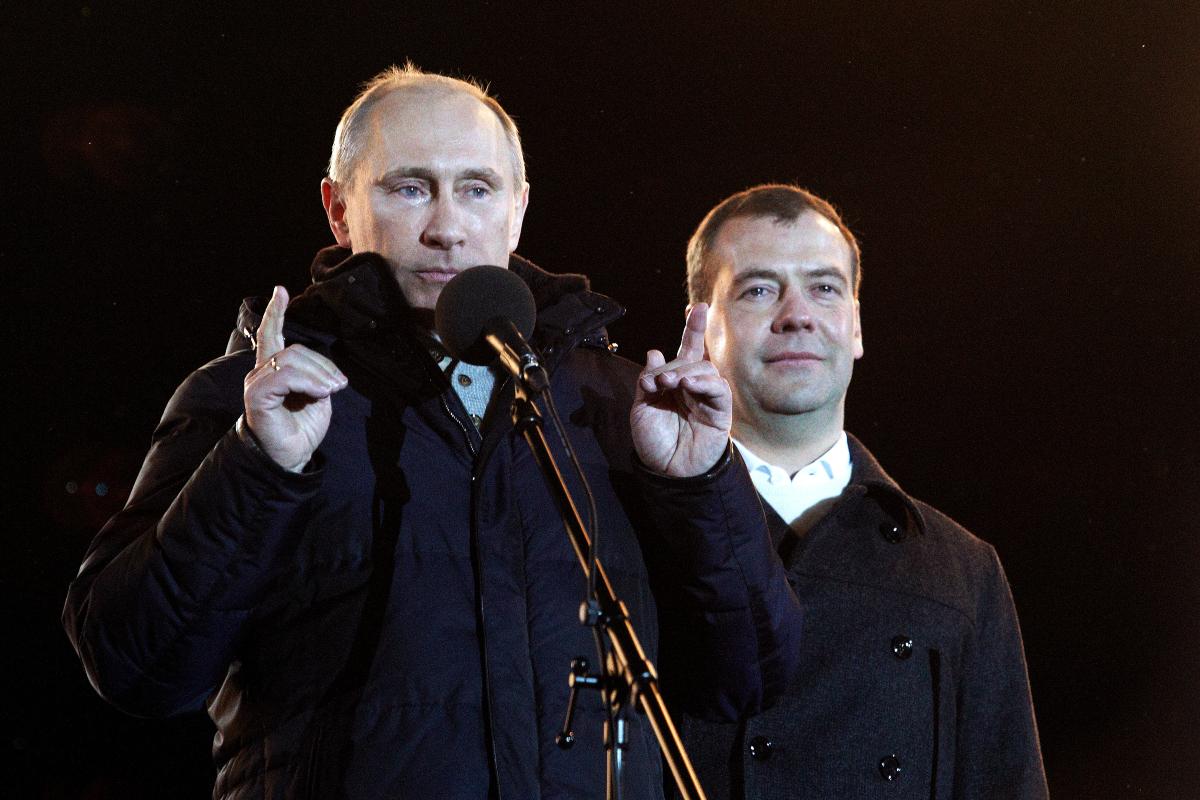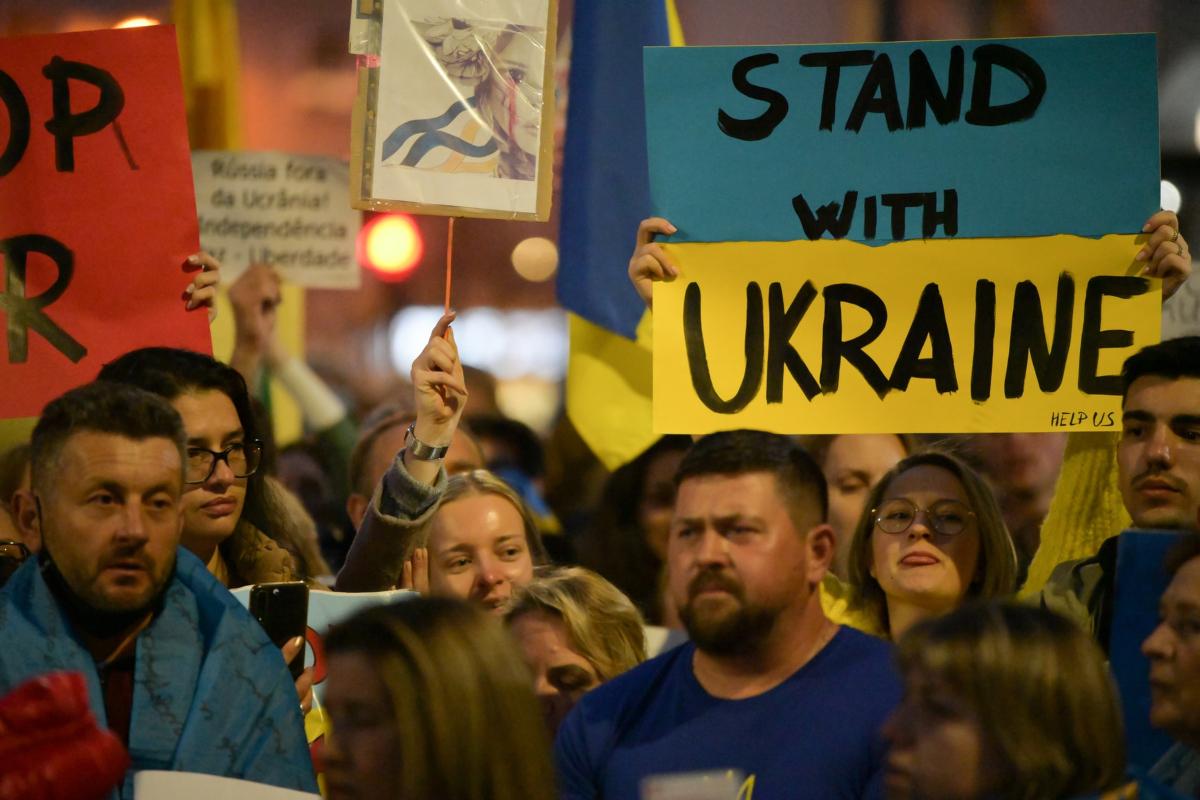What Are Spetsnaz in Russia and Was President Vladimir Putin One?
Spetsnaz is a Russian term used for special forces in its military. What's Russian President Vladimir Putin's background? Was he a Spetsnaz?
March 16 2022, Published 8:23 a.m. ET
Russian President Vladimir Putin has pushed Europe into its worst conflict since World War II. What’s Putin’s background and was he a Spetsnaz before becoming the Russian president?
Putin has been ruling Russia for all of this century. He has tightened his grip on all the arms of the government which is reminiscent of the former Soviet Union. While Russia is a democracy, the country scores quite low on the democracy index, and the constitution and laws get amended at Putin’s whims and fancies.
What are Spetsnaz?
The literal meaning of Spetsnaz is "spetsialnoe naznachenie" or “special assignment.” Spetsnaz is a term used for Russian special forces. In the U.S., the special forces are known as Green Berets. Every country has similar special elite forces that are formed with the best officers from the armed forces.

Russia has used Spetsnaz in both internal and external conflict. The forces have also been used in covert operations against political and military leaders. Some of the former Soviet Union countries including Ukraine also have Spetsnaz, which they inherited after the collapse of the Soviet Union.
Was Putin a Spetsnaz?
Putin wasn’t a Spetsnaz. He was a member of KGB, the Soviet-era spy agency. Like the Army, Navy, and Air Force, the KGB also had Spetsnaz. However, according to the publicly available information, Putin wasn’t one of them.
Putin was a KGB spy.
Putin served as a foreign intelligence officer of the KGB for 15 years. This included a six-year stint in East Germany. Putin’s second daughter Katerina was born in East Germany in 1986.
Putin retired at the rank of a lieutenant colonel from the KGB in 1990. Then, he became an adviser to Leningrad’s first democratically elected mayor Anatoly Sobchak. In 1994, he became the deputy mayor.
Putin then moved to Moscow in 1996 where he became a deputy to the Kremlin’s chief administrator Pavel Borodin. In 1998, then Russian president Boris Yeltsin made Putin the chief of Russia’s FSB (Federal Security Service), which was a successor to the KGB.
Putin became the Russian president in 2000.
Yeltsin choose Putin as his prime minister in 1999 and on December 31, 1999, he resigned and named Putin as the country’s acting president. Putin won the 2000 Russian presidential elections. He won in the 2004 elections as well. He circumvented the Russian constitution and became the Prime Minister in 2008 but returned as the president in 2012.
Putin won the 2018 elections and is up for reelection in 2024. He has amended the constitution, which enables him to run in 2024 as well as 2030. Effectively, he can be the Russian president until 2036.
How has Russia changed under Putin?
Putin took over Russia at a time when its economy was in shambles. Also, the fall of the Soviet Union was still fresh in the public’s memory. Putin took steps to rebuild the Russian economy. He also took several military actions outside of Russia. He was credited with the military action against Chechnya secessionist rebels.
Some of his actions including against Chechen rebels and the 2014 invasion of Crimea won him popular support. The Russian economy also did reasonably well in Putin's tenure despite all the sanctions.
However, not all Russians support Putin's invasion of Ukraine. Over the years, Putin has transformed Russia into an authoritarian regime and the political freedom in the country has gradually decreased over the last few years.


